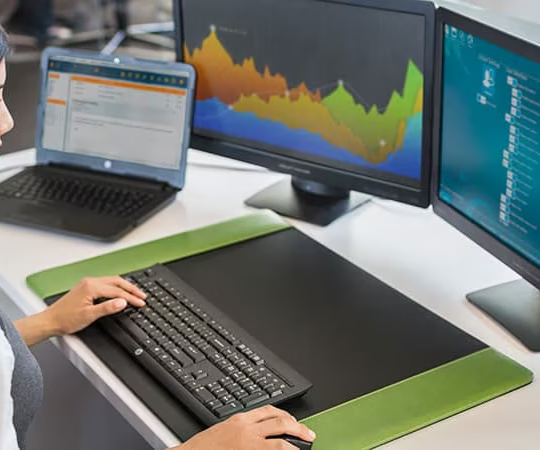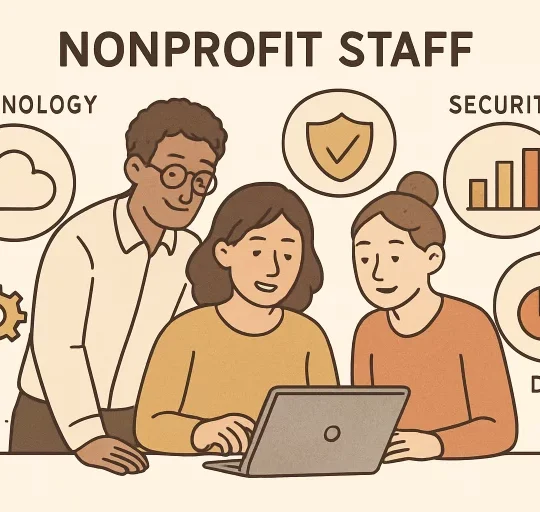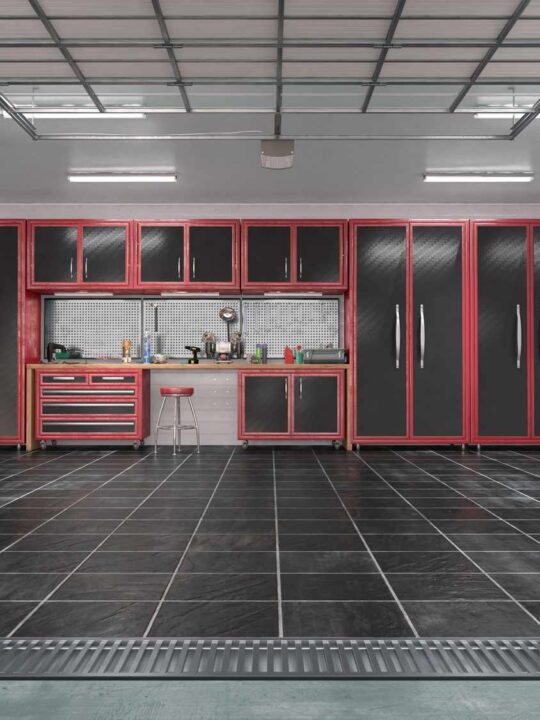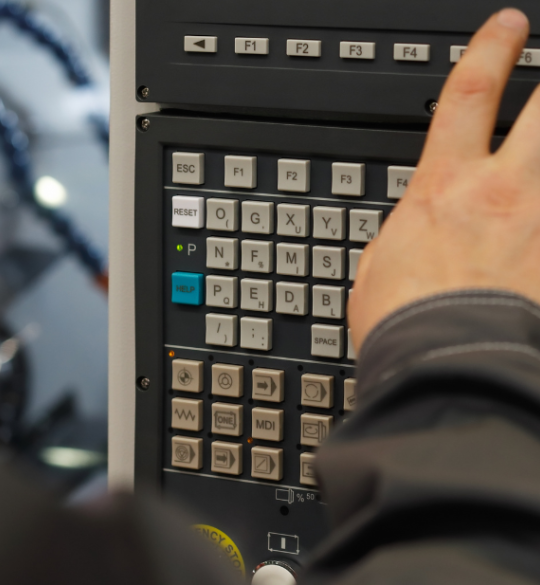 Visuals are the crescendo of eLearning; they ignite curiosity, fuel comprehension, and create unforgettable learning experiences. But did you know that visuals can also improve memory retention? In a time where the average attention span is shorter than that of a goldfish, visual communication is essential. Discover how a website’s design can prioritize user experience and boost customer satisfaction.
Visuals are the crescendo of eLearning; they ignite curiosity, fuel comprehension, and create unforgettable learning experiences. But did you know that visuals can also improve memory retention? In a time where the average attention span is shorter than that of a goldfish, visual communication is essential. Discover how a website’s design can prioritize user experience and boost customer satisfaction.
Customization
User experience has become one of the most important factors for websites to succeed. It cannot be ignored or neglected, as it will affect your company in the long run.
San Diego web design prioritizes the user experience to foster brand loyalty among your customers. It also differentiates your company from competitors that provide a subpar experience. The foundation of practically every prosperous modern firm in San Diego is digital marketing, which is as ancient as the Internet. In addition to saving money, it has allowed firms to reach a wider audience than they could with traditional marketing. For your San Diego company to maximize its earnings, digital marketing should be your main priority.
People prefer visuals over text, so that a well-designed page will include a mix of both. It will help the user stay on the website longer and purchase or engage with your content. The most effective design will consist of a call to action (CTA), which is an instruction that asks the visitor to take the next step in their buyer’s journey, such as “Register Now” or “Buy Now.” The CTA should be visible to the user and easily clickable. It should also be accompanied by clear information surrounding the CTA.
User Experience
A key challenge faced by any form of communication is retention. Visuals have the power to stick in the memory of an audience. It is why fashion houses use a particular color scheme or logo on their products. The brain instantly associates these elements with the brand and can recall it even years later. Regarding web design, the user experience is of utmost importance. Users will become frustrated and go elsewhere if a website needs to be slower or more challenging. It can lead to lost sales and potential repeat business for the company.
By prioritizing user experience, web designers can create websites that are both aesthetically pleasing and easy to use. It can be achieved by ensuring the site is intuitive and utilizes relevant content, search engine optimization tactics, and a unified aesthetic. By doing so, users can find what they are looking for and make purchases if necessary.
Intuitive navigation allows visitors to find what they’re looking for quickly and easily, ensuring a seamless browsing experience. It is an essential factor in establishing and maintaining high conversion rates, as it encourages visitors to engage with the site or app and takes them on a journey that leads them to take desired actions, such as making a purchase or filling out a contact form. A familiar, intuitive layout helps users feel confident and trusting of your website or app. For example, using consistent and recognizable icons and visual cues such as hover effects or color changes on clickable elements can reinforce user expectations and reduce confusion. Similarly, displaying progress indicators during multi-step processes can provide helpful feedback and increase user confidence. Use a simple card sorting exercise to help you get into the minds of your visitors and see how they organize pages on your website. Please ensure the page titles are where they expect them to be and that primary navigation is easy to access at the top or left side of the screen.
Visual Elements
Using visual elements in a web presentation provides an opportunity to convey information that is supplementary to or complements the textual content of the message. It is done by incorporating the design principles of line, graphics, pictures, color, text formatting, and icons into a web presentation to enhance its content. As with the old saying, “A picture is worth a thousand words,” pictures can summarize information in condensed quick-reference visual shorthand that offers visual metaphors to help cue general references in the viewer’s memory. They can also communicate emotional attachment and elicit positive responses from the viewer. Charts may illustrate data, making it easier to understand and process, while photos can add a human touch and make a website appear more approachable. Using icons can simplify complex information and create a more organized structure, while shapes offer different ways to group elements and steps out of the two-dimensional world. Colors are also an essential element in the Web, and consistent and well-chosen brand colors build a sense of trust and reinforce a brand’s personality and tone.







